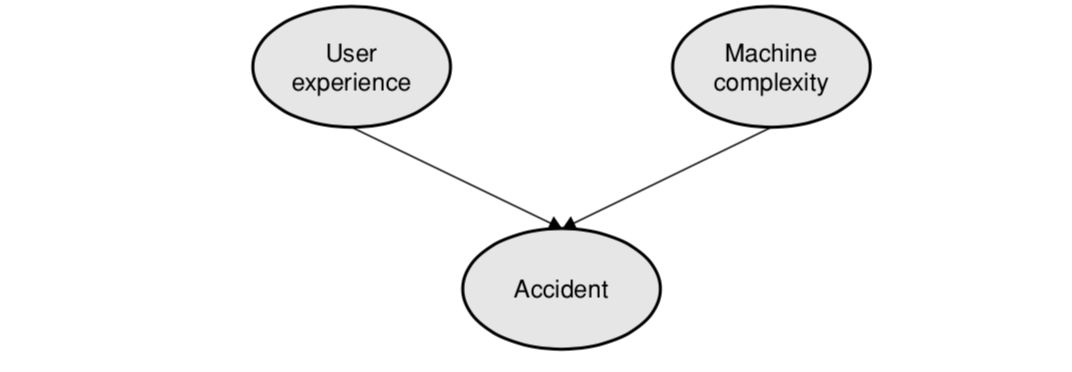Publications & Articles
- Publications
- Articles
- Accounting (3)
- Banking (7)
- Corporate Governance (3)
- Financial Management (9)
- General (10)
- Marketing (1)
- Markets (19)
- Risk Management (73)
- Wealth Management (4)
- Islamic Finance (2)
- Financial Services Sector (2)
- Anti Corruption (1)
- Corporate Social Responsibility (2)
- Economics (6)
- Research (1)
- Bonds (1)
- Human Resources (2)
- Business and Management (1)
- Expert Opinion
IABFM Articles > > Risk Management > The 'Causal' Structure of Risk
The 'Causal' Structure of Risk
By M Salman Kahn
30 September, 2019
Risks are situations where damaging events may occur but are not fully predictable. Recognizing some degree of unpredictability in these situations does not mean that they are totally random events. From a scientific viewpoint, causation is the foundation of determinism i.e, identifying all the causes of a given phenomenon would allow predicting the occurrence and unfolding of an 'event'. Similarly, the probability theory is the mathematical perspective on uncertainty. In situations where an event is totally unpredictable, the laws of probability can help to envision and quantify the possible futures. Knowledge is the reduction of uncertainty – when we gain a better understanding of a phenomenon, the random part of the outcome decreases compared to the deterministic part.
We can, therefore, summarize that uncertainty results from an incomplete knowledge, and complete knowledge is unreachable. Now, moving onto the subject of causality, specific knowledge of a phenomenon is represented by a causal structure. For example, when working with a specific device or machine, the possibility of a misuse leading to an accident depends both on the experience of the user and on the complexity of the device. “Experience” and “complexity” are key drivers for this risk. However, these drivers are not sufficient to create a deterministic model. If we know that the user is “experienced” and the machine “simple”, this does not mean that there is no risk at all. Several other factors can interfere: the user may be tired or disturbed, the machine may not have been reset properly by the previous user, etc. The occurrence of the risk is still a random event, but the probability of this event depends on the drivers.
Thus we simply recognize that (1) some key drivers have some influence on the possible occurrence of the risk, and (2) even if these drivers are known, the occurrence of the risk remains unpredictable.
The Figure below represents the causal structure - the “knowledge”, i.e. the causal relationships between the nodes (the variables).

Here, both the “User experience” and the “Machine complexity” influence the possible occurrence of an “Accident”. Since the actual occurrence of an accident cannot be predicted from the knowledge of these two causes only, the “Accident” is a random variable. The probability distribution of this variable is conditioned by the two drivers i.e user experience and machine complexity. As “Accident” is a binary (yes/no) variable, its distribution is fully characterized by the probability of occurrence of an accident.
Reproduced with the kind permission of Mr M Salman Kahn


